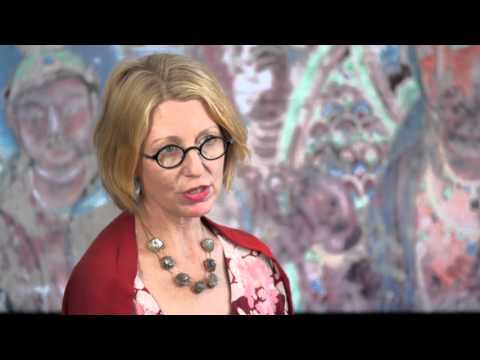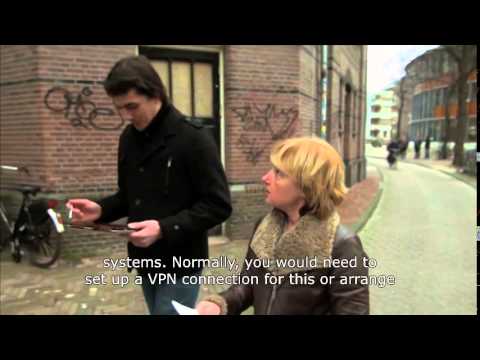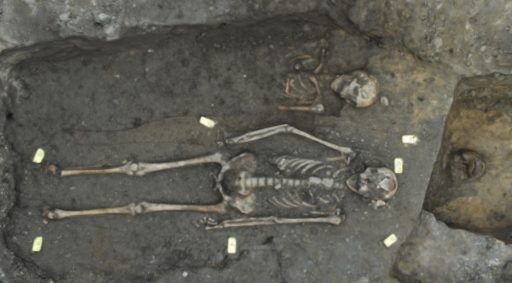Think of a dance performance in which the dancers, instead of sharing the same stage, are in different cities or even other continents. That is the mission of telematics dance, approaching dancers who are not necessarily in the same physical space, and creating other experience relations with the body and technological resources.
“There’s an increasing interest in high-resolution imaging of world heritage sites because of recent events, iconoclasm or cultural cleansing, also climate change issues that are devastating cultural sites. With high-fidelity imaging you have a huge reservoir for being able to retell stories about these extraordinary places that are now under threat.”
Finnish post-doctoral researcher Tuomo Hiippala is part of a new generation of humanist researchers, using powerful computational resources to boost their research. Combining a PhD in English Philology with a keen interest in computer vision and machine learning Hiippala is developing new ways of handling large collections of images.
The Archaeology programme of University of Amsterdam uses 4G mobile network for education on location. During a field research assignment, students can consult various maps and sources of information instantly on location. This video explains the advantages of doing so as well as the technical structure of the pilot.
Danish archaeologists team up with experts in high performance computing to enable fast and intensive 3D recording for field archaeology.
“Data sonification is a powerful tool that can simplify how we analyse data…This technique can have real benefits to improve our lives, for example in cancer research.”
“Today’s students love technology and integrating technology in education every day helps students stay engaged and prepares them for the future. The Museum Robot program at the National Museum of Australia not only integrates technology and engineering concepts, it also brings the history curriculum alive in a new and exciting way to students all over the country.”








